Inductor & Coil
Magnetic Ring Inductor
- Product description: An inductor is a passive electrical component that stores energy in a magnetic field when an electric current flows through it. Its primary function is to oppose changes in the current flowing through
A magnetic ring inductor is a type of inductor that uses a ring-shaped magnetic core to store energy in the form of a magnetic field. Inductors, in general, are passive electronic components that resist changes in electric current, and they work based on Faraday's Law of Induction, which relates changing magnetic fields to the generation of electric current.
How a Magnetic Ring Inductor Works:
1. Construction:
o The magnetic ring inductor consists of a coil of wire wound around a magnetic core that is usually made of a ferromagnetic material (like iron, ferrite, or powdered iron). The core is often shaped like a ring or doughnut. This ring shape allows for efficient flux containment, which helps enhance inductance.
2. Magnetic Field Generation:
o When an electrical current flows through the wire coil, it creates a magnetic field around the coil. According to Ampere's Law, the magnitude of this magnetic field depends on the current flowing through the coil and the number of turns in the coil.
3. Magnetic Flux and Inductance:
o The ferromagnetic material in the core significantly increases the magnetic flux density, or the amount of magnetic field that can be "trapped" within the core. This high flux density leads to a higher inductance (the ability of the coil to oppose changes in current).
o The ring shape of the core is effective at guiding the magnetic flux along a circular path, minimizing losses and improving efficiency.
4. Energy Storage:
o When current increases or decreases, the changing magnetic field inside the coil induces a voltage that opposes the change in current, in accordance with Lenz's Law. This is why inductors are often used to smooth out current fluctuations, store energy, or block AC signals while allowing DC signals to pass.
5. Applications:
o Magnetic ring inductors are commonly used in transformers, power supplies, RF circuits, and filters. Their ring shape helps optimize the magnetic field distribution, making them ideal for high-efficiency applications where minimizing losses and reducing electromagnetic interference are important.
Categories
Latest News
Contact Us
Contact: Fiona Wu
Phone: 86 - 173 28414 818
Tel:
Add: 20, Changtian Road, Hengli, Dongguan, Guangdong, 523852, China
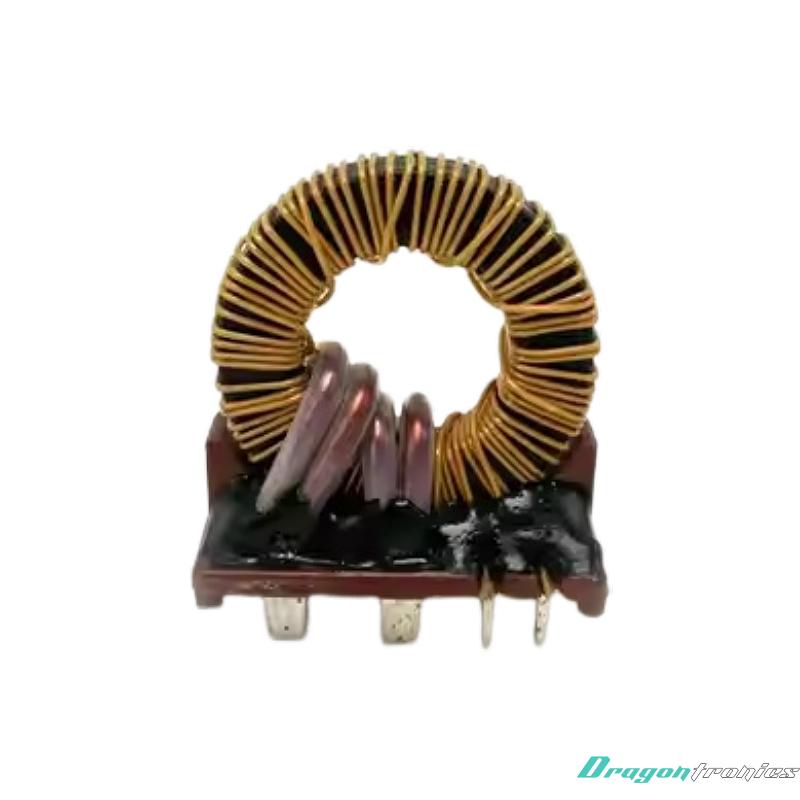
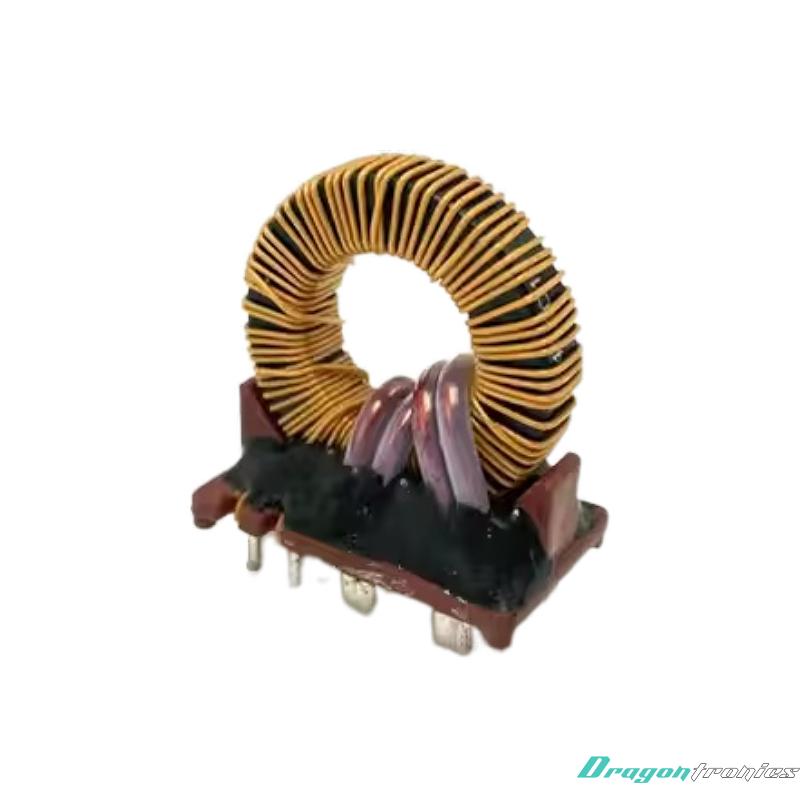
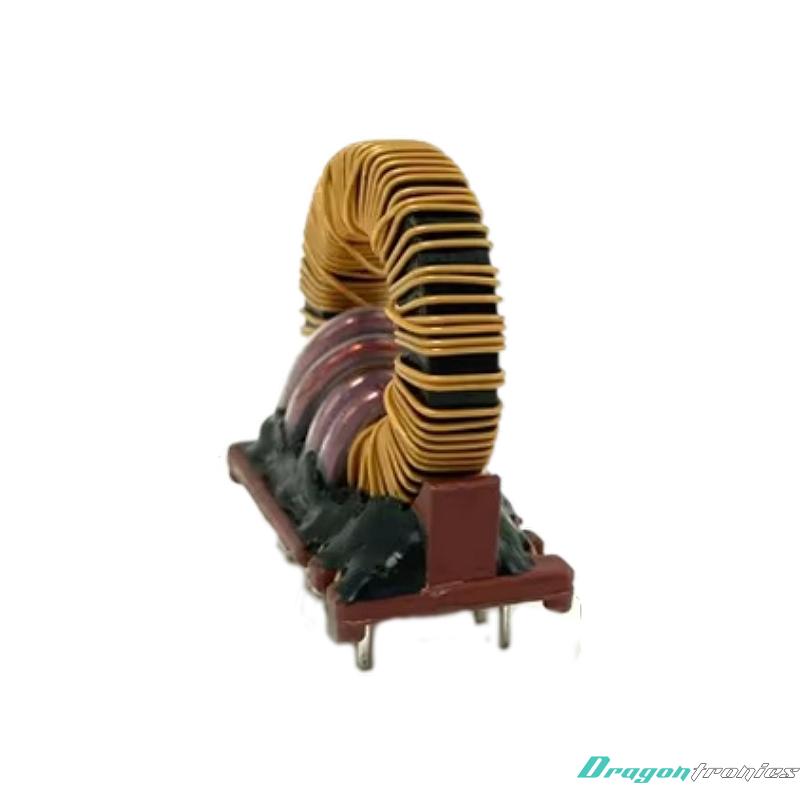
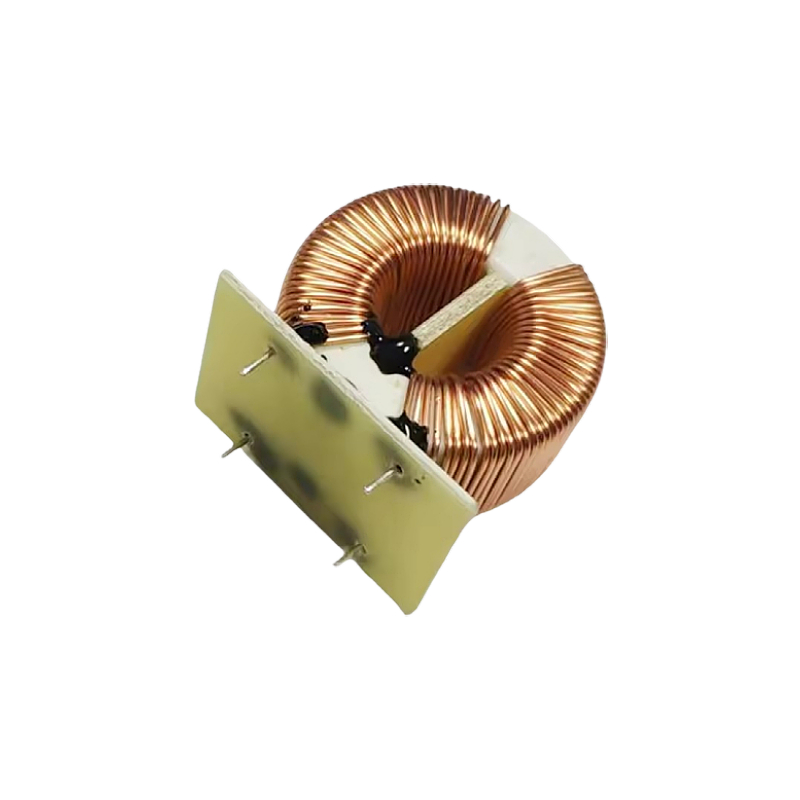

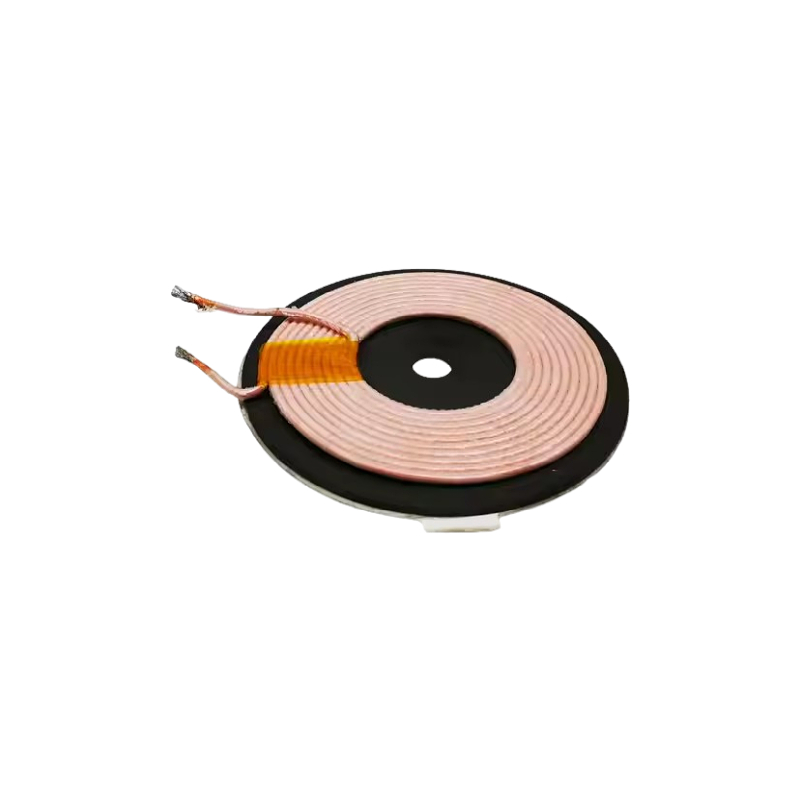
 Lankecms
Lankecms lankecms
lankecms
 Lankecms
Lankecms